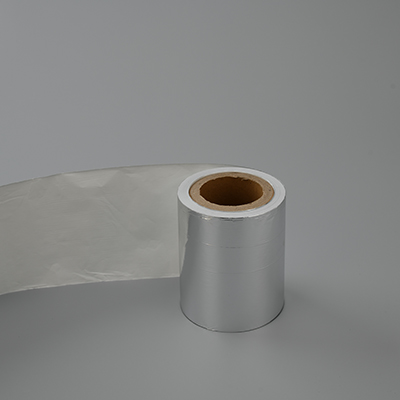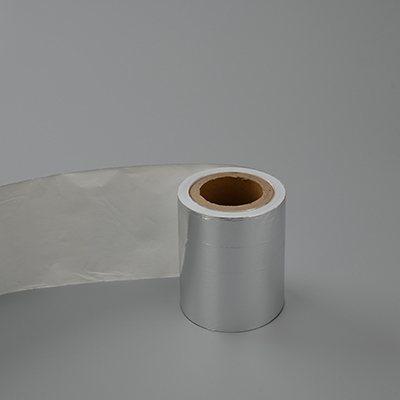
Recyclable transfer paper is typically made from environmentally friendly materials that prioritize sustainability and reduce the impact on the environment. One common material used for recyclable transfer paper is cellulose-based paper, which is derived from renewable sources such as wood pulp or agricultural residues.
Cellulose-based recyclable transfer paper is crafted using eco-friendly manufacturing processes that minimize water and energy consumption. The paper itself is biodegradable and can be easily recycled alongside other paper products, contributing to waste reduction and resource conservation.
To enhance its recyclability, some manufacturers use water-based inks and coatings for printing on the transfer paper. Water-based formulations are less harmful to the environment compared to solvent-based alternatives and facilitate the recycling process by not introducing harmful chemicals into the paper.
Another approach to recyclable transfer paper involves incorporating natural fibers, such as cotton or hemp, into the paper composition. These fibers are biodegradable and can be readily recycled or composted after use. Additionally, some versions of recyclable transfer paper may feature a thin, water-soluble film that holds the design, allowing the image to be easily transferred onto the desired surface while leaving minimal residue.

By utilizing renewable and biodegradable materials, recyclable transfer paper offers a sustainable alternative to conventional transfer papers that may contain non-recyclable or harmful components. Its production and usage align with eco-conscious principles, making it a valuable choice for individuals and businesses aiming to reduce their environmental footprint while still enjoying the benefits of transfer paper technology.